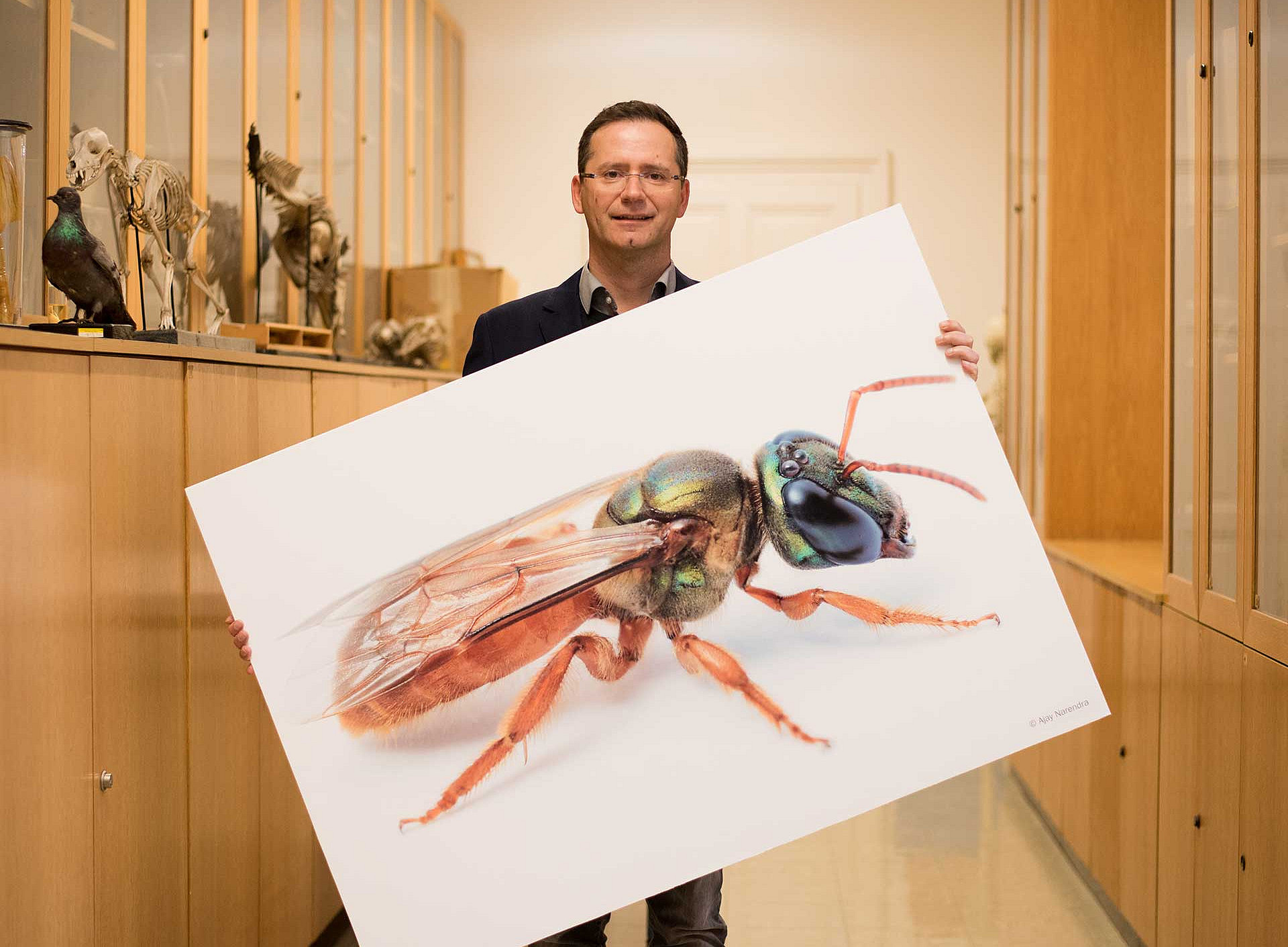Während herkömmliche Entrauschungsfilter mehrere komplexe Berechnungsdurchgänge anstellen und dadurch der mathematische Aufwand steigt, kommt die Methode des Biologen im Wesentlichen mit zwei Rechenformeln aus. Die Grundlage dafür bildet das Sehvermögen von Insekten, die in der Dunkelheit unterwegs sind. „Sie brauchen sehr empfindliche Augen, um gezielt nach Futter suchen zu können“, erklärt der Wissenschafter. Der Ursprung des Prinzips liegt in der Anatomie der Augen der kleinen Tiere: Sowohl der Wiener Weinschwärmer als auch die nachtaktive Biene Megalopta genalis, die in Panama heimisch ist, sehen bei Mond- und Sternenlicht ihre Umgebung gut und können auf Nahrungssuche gehen.
Diese Sinnesleistung von Insekten hat Hartbauer in einem Algorithmus teilweise abgebildet, der mit nur einem Parameter auskommt. Dieser wird zwar einfacher ermittelt, jedoch muss für jeden Bildpunkt eine Berechnung für das Entrauschen separat durchgeführt werden. Dieser Vorgang dauert derzeit noch länger als bei herkömmlichen Programmen. Der Biologe fasst das Procedere zusammen: „Im ersten Schritt wird adaptiv ein lokaler Mittelwertfilter für jedes Pixel berechnet, um moderates Sensorrauschen zu entfernen und gleichzeitig feine Bilddetails sowie Objektkonturen zu erhalten. Im zweiten Schritt wird die Bildschärfe mit Hilfe eines Unschärfemaskenfilters verbessert.“
Die Publikation ist im Journal of Imaging erschienen.
